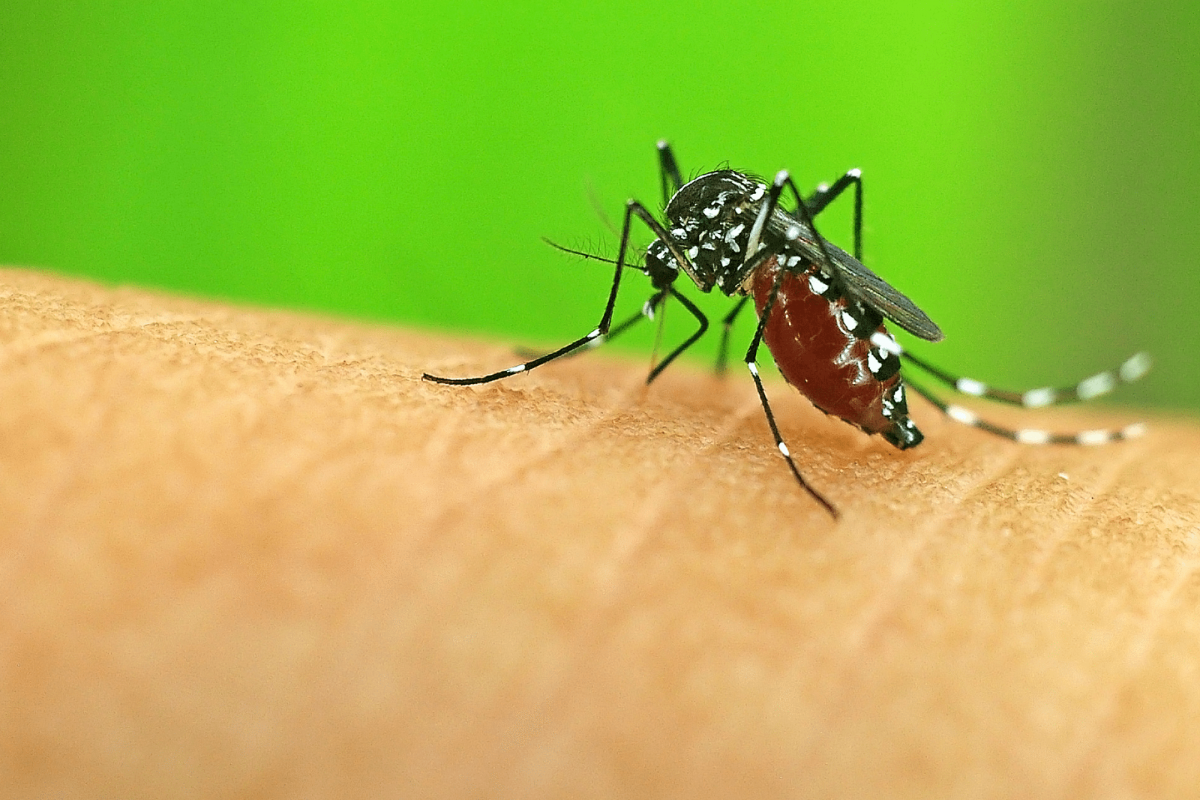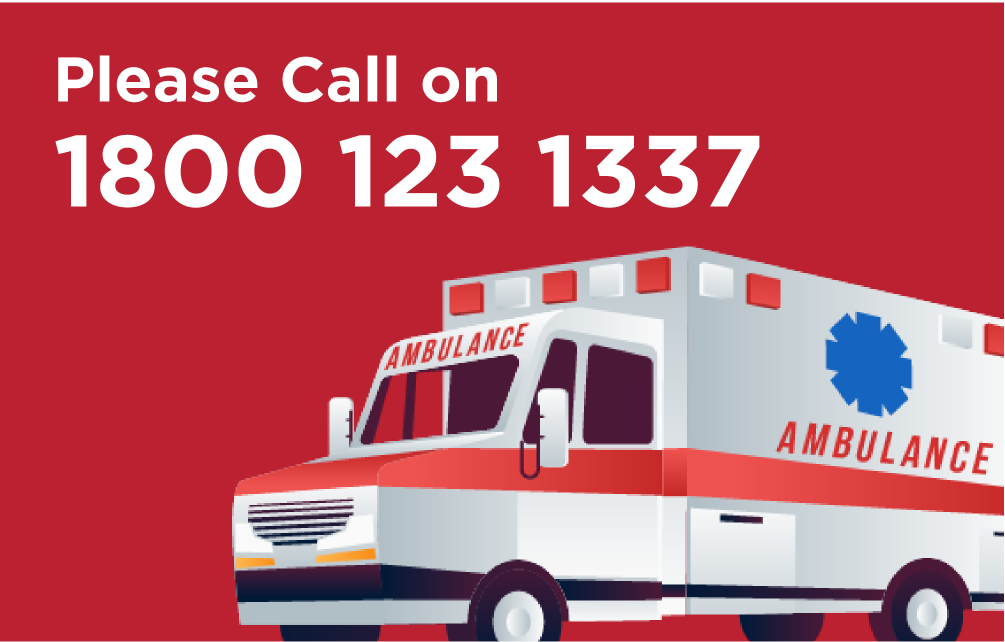
Malaria is commonly referred to as a life-threatening disease. It is transmitted through the bite of an infected Anopheles mosquito. Infected mosquitoes carry the Plasmodium parasite. When this mosquito bites you, the parasite is released into your bloodstream. Malaria may be an ancient mosquito-borne disease, but it still plagues millions of people worldwide every year, according to the World Health Organization. In fact, an estimated 216 million cases occurred globally in 2016—and only 15 countries dealt with a majority of them.
Plenty of challenges lie ahead in order to achieve worldwide eradication of the disease, but every year on April 25, officially deemed as World Malaria Day, we can take a look at the progress that has been made and the work that still needs to be done.
How is Malaria caused?
Malaria can occur if a mosquito infected with the Plasmodium parasite bites you. There are four kinds of malaria parasites that can infect humans: Plasmodium vivax, P.ovale, P.malariae, and P. falciparum. P. falciparum causes a more severe form of the disease and those who contract this form of malaria have a higher risk of death. An infected mother can also pass the disease to her baby at birth. This is known as congenital malaria. Malaria is transmitted by blood, so it can also be transmitted through:
- an organ transplant
- a transfusion
- use of shared needles or syringes
What are the symptoms of Malaria?
The symptoms of malaria are similar to viral flu and commonly include chills, headache, fatigue, muscle aches, nausea, and vomiting. Because you’re losing red blood cells, you may experience anemia and jaundice (yellowing of the skin and eyes).
If the infection is left untreated, more severe symptoms could occur. This includes kidney failure, seizures, mental confusion, or even coma and death. The symptoms of malaria typically develop within 10 days to four weeks following the infection. In some cases, symptoms may not develop for several months. Some malarial parasites can enter the body but will be dormant for long periods of time.
How is Malaria diagnosed?
Consult a physician on time, who will then perform a physical exam. Your doctor will be able to determine if you have an enlarged spleen or liver. If you have symptoms of malaria, your doctor may order additional blood tests to confirm your diagnosis. These tests will show:
- whether you have malaria
- what type of malaria you have
- if your infection is caused by a parasite that’s resistant to certain types of drugs
- whether the disease has caused anaemia
- whether the disease has affected your vital organs
Complications caused by Malaria:
Malaria can lead to a number of life-threatening complications. The following may occur:
- swelling of the blood vessels of the brain, or cerebral malaria
- an accumulation of fluid in the lungs that causes breathing problems, or pulmonary edema
- organ failure of the kidneys, liver, or spleen
- anemia due to the destruction of red blood cells
- low blood sugar
- How is malaria treated?
Medication is prescribed based on the type of parasite that you have. In some instances, the medication prescribed may not clear the infection because of parasite resistance to drugs. If this occurs, your doctor may need to use more than one medication or change medications altogether to treat your condition. The good news is, once you are properly diagnosed, malaria can be brought under control with prescription drugs. The type of drugs and how long the treatment lasts depends on the type of malaria, where you were infected, your medical history and how advanced the condition is, whether you are expecting, and any other medications you may be taking.
Easy ways to protect yourself from Malaria:
To protect yourself from Malaria as well as other mosquito-borne illnesses, here’s what you can do to minimize your chances of a bite:
- Wear protective clothing, like long-sleeved shirts, pants, and hats when you’re outdoors.
- Apply insect repellent to skin that’s not covered.
- If you are staying in a room that’s not well-screened, consider sleeping under an insecticide-treated bed net.
Request a call back



 Call-an-Ambulance
Call-an-Ambulance



